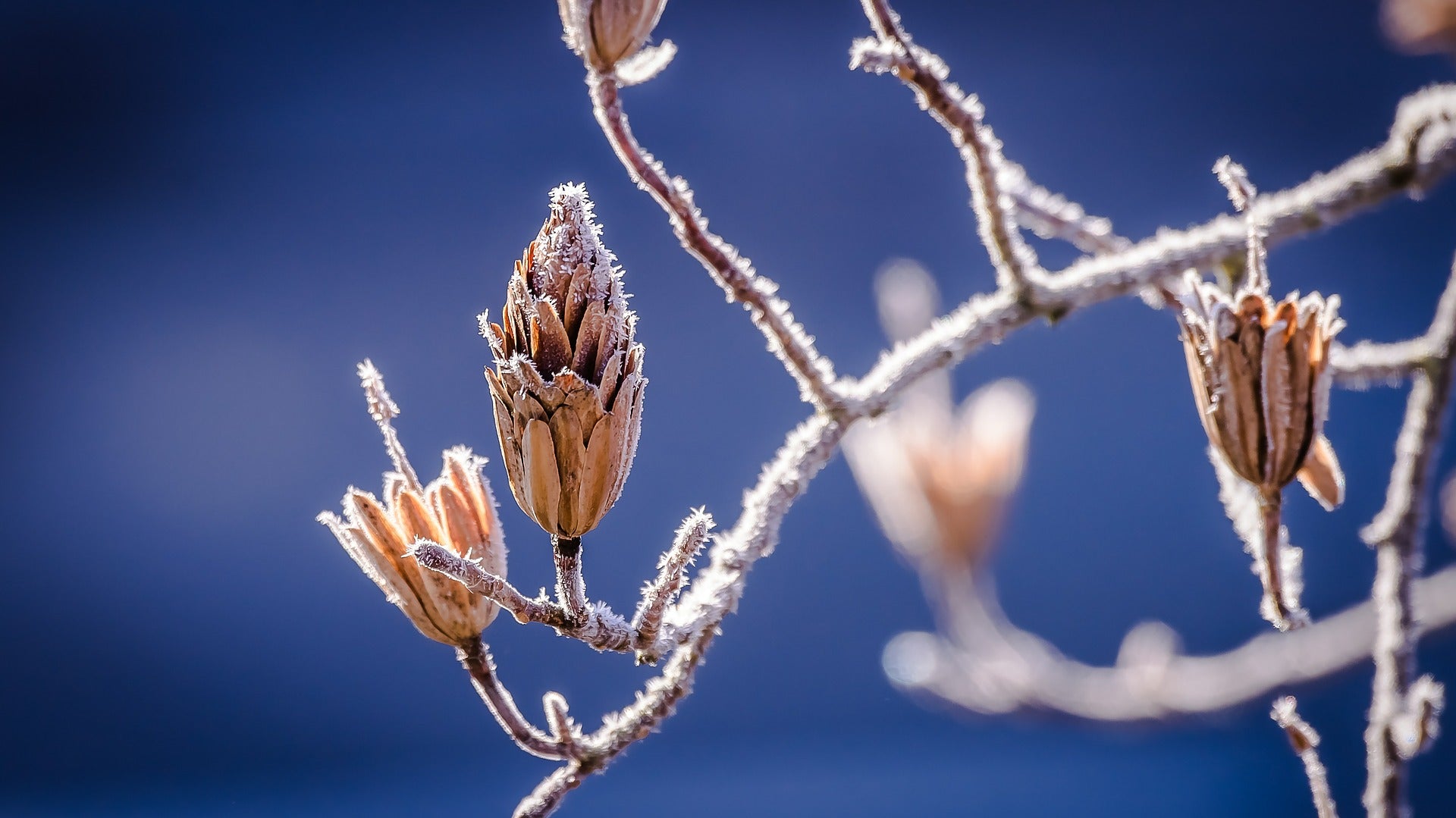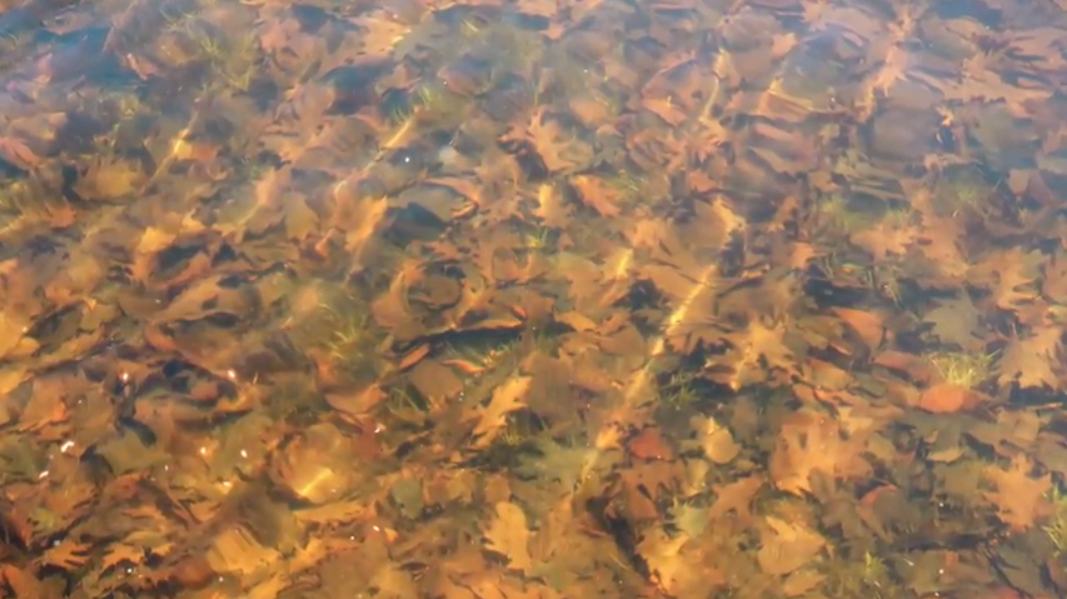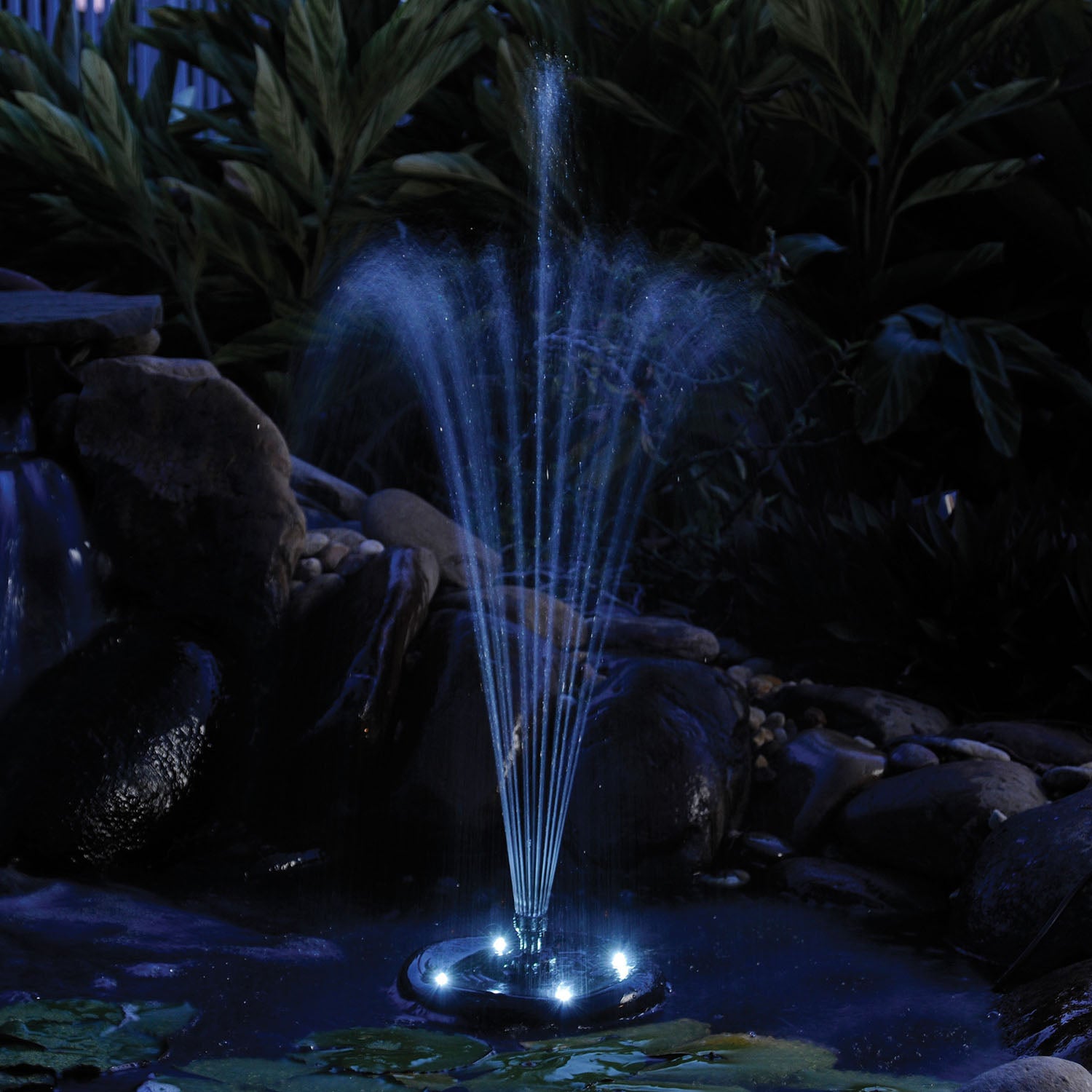
How to Close Your Pond for Winter
As winter temperatures are beginning, it is time to start preparing your pond for winter. The first thing to determine is what water temperatures you are anticipating in your area. If you anticipate your pond to freeze solid or just the surface of your pond to freeze, your steps will be different.
If Your Pond will Freeze Solid…
You will want to close down your pond. This includes unplugging all your pond equipment from power sources and bringing pond pumps and pond filters indoors for the season. Place your pump in a bucket of water. Make sure that this bucket is not placed in a shed or garage where the water will also freeze over. Taking this step, will protect the inner workings of the pump, and the bucket of water will help keep the seals from any drying and cracking. Moving any pieces of your water feature indoors will also protect any pieces from becoming brittle from exposure to freezing temperatures. Any fish will need to be moved indoors to a tank that is ideally 10 gallons for every inch of length of your fish. You can use your pond pump to keep water circulating and continue regular feeding of your fish.
If Your Pond will Freeze only at the Surface…
You can keep your pond running for your fish or plants, but you will want to stop powering any waterfalls or nozzles. In order to keep fish and plants healthy, you will need to maintain an opening in the surface of the ice. The best way to maintain a hole in the surface of the ice is to place an aerator just below the surface of the water to agitate the water or to use a pond deicer. If you notice that your pond does freeze over, boil a pot of water and then pour that water on a concentrated spot in the surface of the water. Do NOT break the surface of the water because the noise can shock fish and fatal health problems. You should stop all fish feedings when temperatures reach 50°F. It is also best not to cover your pond with a tarp to allow sunlight to reach any plants or fish in the pond. During the winter months, you should also be utilizing Naturals Cold Water Bacteria for Ponds to break down decaying material and high nutrient loads that can occur in a pond during cold weather.
Winter Tips Regardless of Temperatures
Tropical plants should be trimmed and moved indoors. These plants will still need sunlight, so place them near a window that gets plenty of sunlight. For hardy plants, trim any browning leaves or stems and move them to the deepest points of the pond.
Now that you know the steps for pond this winter, you can rest assured that your water feature is well prepared for the season.


